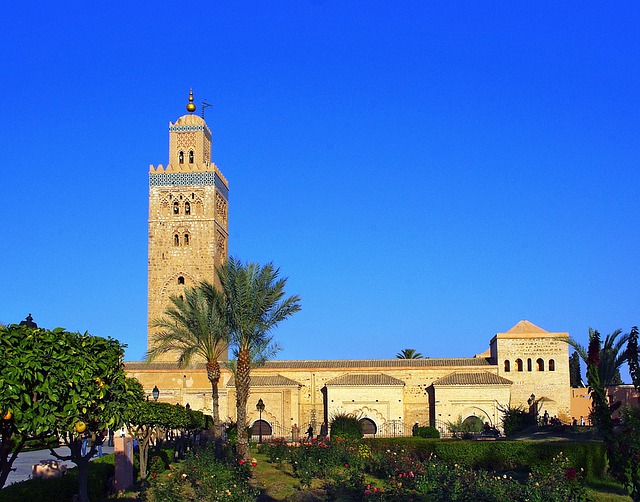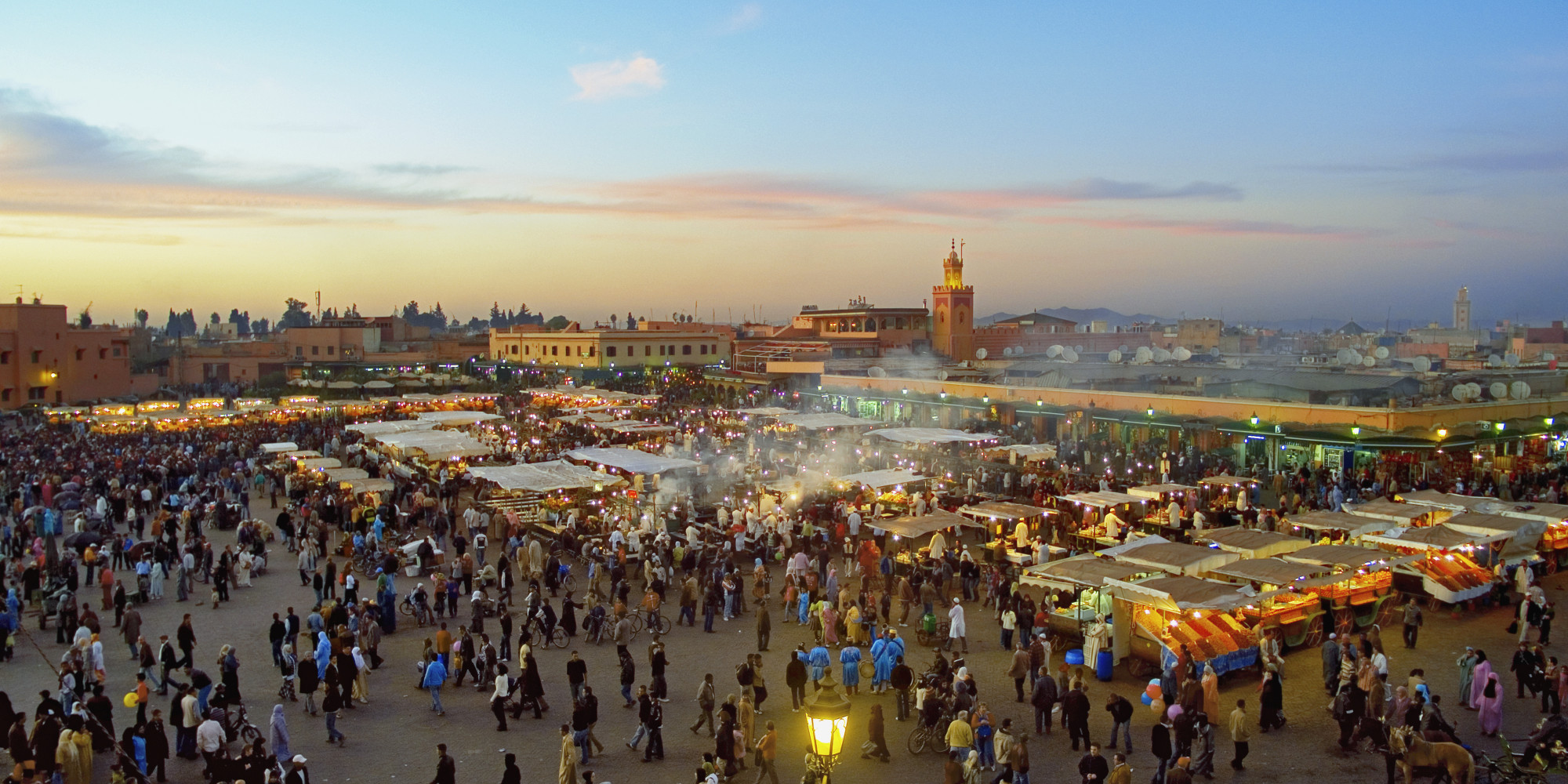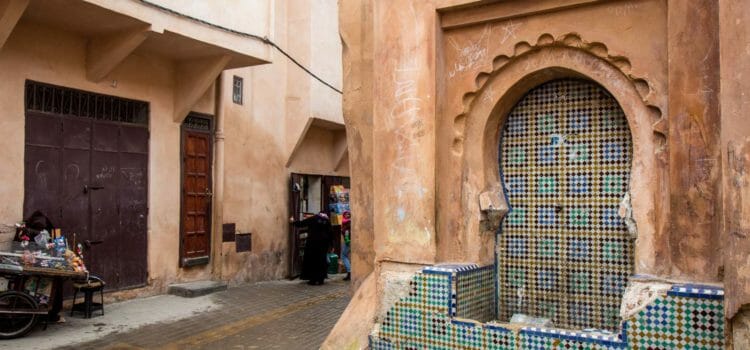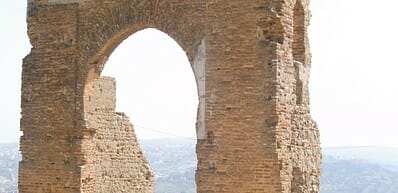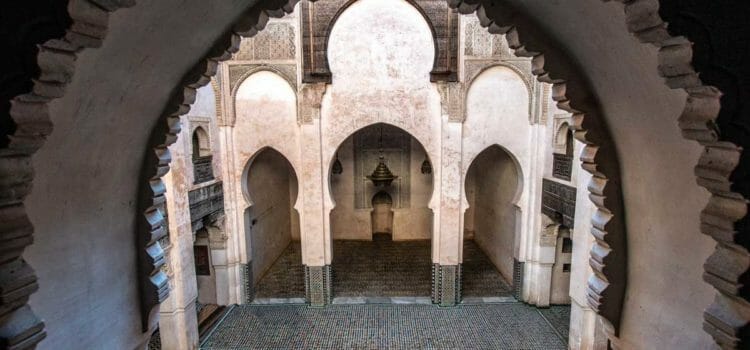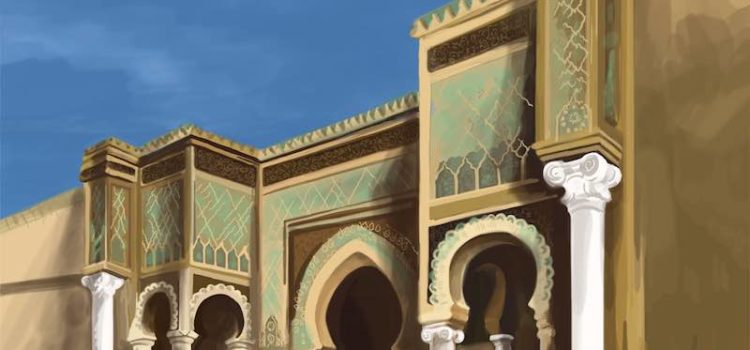Bab el Mansour

Bab Mansour is well known all around the world for its incredible architecture. Since its original purpose was to pay homage to the sultan, great emphasis was put on the decorative details of the gate.
Bab Mansour was actually the last important construction project ordered by Sultan Moulay Ismail. He conceived it not as a defensive stronghold, but as an elaborate homage to himself and to the strong Muslim orthodoxy of his dynasty. The architect behind the great masterpiece was a Christian convert to Islam named Mansour Laalej (whose name translates to “victorious renegade”) who sought to ascend in the sultan’s court. His name also contributed to the name of the gate (mansour means “victorious” in Arabic).
Legend has it that when the gate was completed, Moulay Ismail inspected it and asked Mansour Laalej if he could do better. El Mansour felt compelled to answer “yes”, but this only angered sultan to the point that he had him executed. As colorful as this local tale may be, historical records show it probably did not occur as the gate was only completed in 1732, after the sultan’s death and under the reign of his son, Moulay Abdallah.
Bab Mansour is thus intensely adorned by green and white zeillij tiles and engraved Koranic panels, all of which have unfortunately faded significantly with age.
Visitors can still admire the alternating concave and convex ceramic design that decorates the greater part of the gate and creates a wonderful illusion of an intricately embroidered cloth.
The wooden gateway (which stands 16m tall and 8m wide) is also not in use anymore but visitors can use a smaller side door to enter the medina.
Bab Mansour has seduced many visitors over the years but none have been able to illustrate the gate’s allure quite as eloquently as French novelist Pierre Loti (1850-1923) who once described it as a “glimmering, glinting, […] priceless tapestry placed over these ancient stones to relieve the monotony of these towering walls”.
